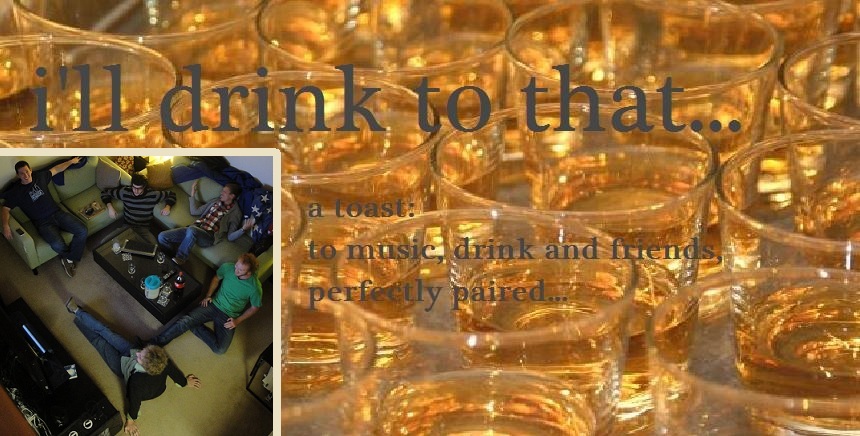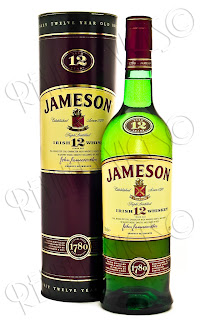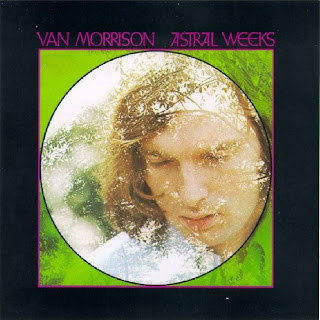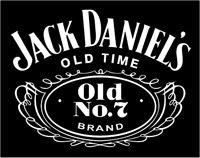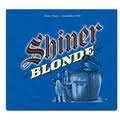The Drink: St. Peter's India Pale Ale, Saint Arnold Elissa IPA & Henry Weinhard's Woodland Pass IPA
The Music: Built to Spill's Keep it like a secret
Present: John (host), Ian, Jase, Patrick,
The Drink
India Pale Ale or IPA is a drink with a purpose. Originally crafted with extra hops to serve as a preservative for the long trip to India from Britain, this beer was made for a specific market and a specific demographic. This beer was designed to quench the thirst of British troops serving in the tropical heat of a foreign land and give them a reminder of home.
Though the British gave up control over India and we no longer need extra hops or pale malts to resist the long voyage, IPAs have created their place in brew history. Within the past decade, the brew that used to serve a particular purpose has seen a robust new interest and resurgence for beer drinkers who seek the flavor of full-bodied beer with extra hoppiness.
The three different IPAs we drink tonight are from three different places and three different times. St. Peter's is a traditional British IPA brewed in a medieval hall in Suffolk, England. Henry Weinhard hales from the same locale as Built to Spill, the Pacific Northwest, where he began a brewery in the mid-19th century. Their IPA uses Cascade hops from the 44th parallel, the location of the famed Willamette Valley and the best hop-growing region of the United States. Finally, the new indie hotspot of Austin, TX provides us with Saint Arnold's Elissa IPA. BtS is a three-piece (at the time of KILAS). Weak sauce, I know.
Though the British gave up control over India and we no longer need extra hops or pale malts to resist the long voyage, IPAs have created their place in brew history. Within the past decade, the brew that used to serve a particular purpose has seen a robust new interest and resurgence for beer drinkers who seek the flavor of full-bodied beer with extra hoppiness.
The three different IPAs we drink tonight are from three different places and three different times. St. Peter's is a traditional British IPA brewed in a medieval hall in Suffolk, England. Henry Weinhard hales from the same locale as Built to Spill, the Pacific Northwest, where he began a brewery in the mid-19th century. Their IPA uses Cascade hops from the 44th parallel, the location of the famed Willamette Valley and the best hop-growing region of the United States. Finally, the new indie hotspot of Austin, TX provides us with Saint Arnold's Elissa IPA. BtS is a three-piece (at the time of KILAS). Weak sauce, I know.
The Music
Built to Spill were (and still are) one of the indie darlings of the 90s. Doug Martsch formed the band after leaving Treepeople in 1992 and was the only permanent member. After releasing three albums with three different line-ups, Martsch settled on band-mates Brett Nelson and Scott Plouf to work with full-time. The entire album had already been written by Martsch who had to then explain his vision to his new band-mates.
 It is guitar rock-n-roll with some poppiness that makes it a totally listenable album. Martsch has said in interviews that he writes the music first then sings along gibberish or nonsense words with what will be the melody. Whatever words end up fitting in right become the lyrics. Even with his nonchalant approach to lyrics, his words have a tendency to focus on the same issues again and again, especially an existential attempt to find your place in the world, the idea of home, history, mathematical concepts of truth and the difference between perception and reality.
It is guitar rock-n-roll with some poppiness that makes it a totally listenable album. Martsch has said in interviews that he writes the music first then sings along gibberish or nonsense words with what will be the melody. Whatever words end up fitting in right become the lyrics. Even with his nonchalant approach to lyrics, his words have a tendency to focus on the same issues again and again, especially an existential attempt to find your place in the world, the idea of home, history, mathematical concepts of truth and the difference between perception and reality.As the band name implies, Martsch seems to be concerned with pre-destined failure. But at the same time, there is a cheeriness in accepting your fate and being aware of your own limitations. Socrates said the most important thing for a person to do is to "know thyself." An old Latin phrase says "Memori Morti," which means, remember you are mortal. Knowing we are going to die, or that we are built to spill, allows us to gladly accept the inevitable and move forward. It is not depressing; it is liberating.
The Blend
The rock guitar and indie ethos made BtS one of the big indie bands of the 90s and their influence is still seen today even as they continue to make records. They no longer make the exact same albums of the 90s, but still have the same roots. They no longer serve exactly the same purpose, but have morphed as time has passed. They recognize their purpose and fulfill it.
IPA began with a specific purpose, but have maintained their popularity even as they have changed over the past centuries.
Tonight's toast, then, is to figuring out what we are here for and how to fulfill our destinies. It is to overcoming our quarter-life crises, understanding our limitations and accepting them, moving forward and being the best versions of ourselves.
"To knowing what we are built for."
The rock guitar and indie ethos made BtS one of the big indie bands of the 90s and their influence is still seen today even as they continue to make records. They no longer make the exact same albums of the 90s, but still have the same roots. They no longer serve exactly the same purpose, but have morphed as time has passed. They recognize their purpose and fulfill it.
IPA began with a specific purpose, but have maintained their popularity even as they have changed over the past centuries.
Tonight's toast, then, is to figuring out what we are here for and how to fulfill our destinies. It is to overcoming our quarter-life crises, understanding our limitations and accepting them, moving forward and being the best versions of ourselves.
"To knowing what we are built for."
